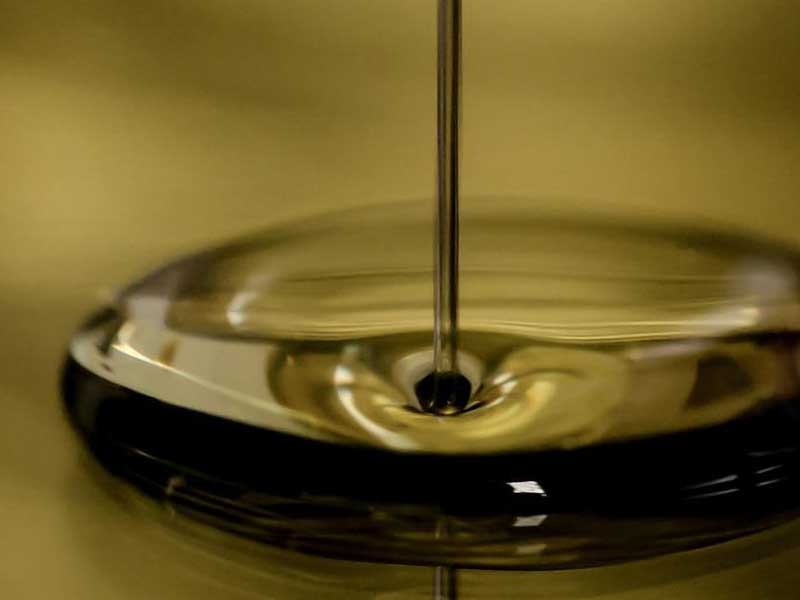Over the passage of time, the engine oil gets contaminated with metal pieces due to continuous friction as it interacts with different engine parts. The existence of metal shreds is normal up to some extent but if it exceeds this limit then it would cause harm.
Oil with metal shreds is required to be replaced asap, as it may result in shortening the life your engine.

If the diameter of the metal pieces in the oil is lower than 1/16 inches, that is if their quantity is less than a broken lead pencil, they are acceptable. Apart from that, if the metal whiskers or flakes amount is lower than ¼ teaspoon they are still bearable.
Normally it is recommended to replace the oil after covering a maximum distance between 5,000 to 8,000 miles depending on the driving needs.
Table of Contents
So what are these Metal Shavings?
The engine possesses several metal components that are moveable. Sometimes the proper lubrication of these moving parts is cut down due to oil shortage.
So, the limitation or shortage of the oil causes the direct rubbing of these metal parts raising the generation of these metal shreds in the oil.
These shreds are called metal shavings.
The continuous interaction of the metal parts of the engine produces friction which causes the oil to get contaminated with these metal shavings.
Metal chippings, debris, and flakes are other alternative terms for metal shavings.
The majority of these shavings are found in the oil filter.
Besides that, the dipstick and crankshaft are other two parts where these contaminants are found to be in excessive amounts.
Steps needed in the case of excessive metal shavings
The following steps are needed to be taken if the oil is found to be contaminated with abundant metal shavings:
- First and foremost, the necessary components needed to be pulled off such as engine covers and valves.
- Then piston rings are analyzed and repaired in case of any kind of damage.
- Next replace the oil and look for any additional metal pieces.
- Oil cooler kit needs to be thoroughly cleaned with some brush because mostly the metal shavings reside in this particular area.
Metal flakes are usually caught by the oil filter of the vehicle. Most of the time these flakes slip from the filter into the engine. That’s why it is recommended to frequently check the filter and replace it if there is any kind of problem in order to avoid a lower engine efficiency.
Symptoms of Excessive Metal Shavings in the Oil
Some indications that can help to identify whether the oil is overly contaminated with these metal flakes are as follows:
- Low Engine Power
If the vehicle struggles to accelerate it might be the indication that the oil is excessively contaminated or the oil filter is damaged and needed to be replaced.
- Noise generation
The contamination of oil ceases the proper flow of oil all over the engine parts. Due to a lack of proper lubrication, the engine starts to generate ticking sounds.
- Rough Idles
The friction between engine moving parts occurs due to a lack of proper lubrication. Therefore, the engine faces higher shaking and vibration problems during idling.
- Generation of knocking sound
The uneven ignition of fuel in cylinders enhances the knocking problem. Therefore, the air mixing up with the ignited fuel produces a clunky noise which is an indication that the oil is needed to be replaced.
- Poor Driving Experience
If the metal shavings are present in abundant amounts, it will threaten the engine’s smooth working further leading to an unpleasant driving experience. If such an uncomfortable situation is faced the oil is required to be interchanged.
Categories of Metal Shavings
Some types of metal chippings found in the oil are as follows:
- Iron
These metal shavings can easily be detected using a magnet. The moving parts of the engine are generally the major ones responsible for generating these types of metal shreds including the crankshaft, camshaft, or some other rotating parts.
- Bronze/ Brass or Copper
These metal shavings are generated by the bearings of different parts like camshaft and crankshaft, worn bushing, wrist pin bearings, or turbo thrust bearing.
- Aluminum
This type of shavings comes majorly from the wearing of the bearing surface. The other typical source of their generation is aluminum caps or overhead which is used to hold the camshaft into its position.
- Molybdenum/Chromium
The wearing of pistons and piston rings are the primary contributors to producing this kind of shaving.
Summary
The generation of metal shavings occurs over time due to friction between rotating parts of the engine. This is normal up to a certain limit but if their concentrations increase from ¼ teaspoon, the oil is required to be interchanged.
There are certain types of these shavings like iron, brass, aluminum, and chromium depending upon the source (engine part) they are coming from.
If there is a problem like an engine shaking, generation of different types of sound from the engine, or an unsmooth driving experience the oil is needed to be interchanged due to the presence of excessive metal shreds.